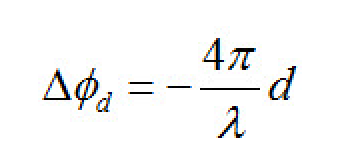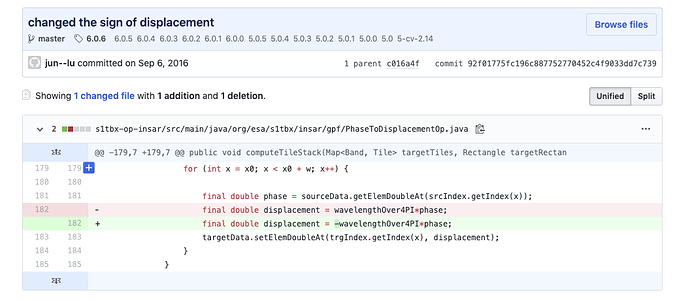Thank you for the links, however I am still a bit confused, because the sign is decided by the master slave order combination. Are you saying that choosing the earlier image in a pair as master will produce positive values for uplift and negative values for subsidence? It would be nice if there was a standard convention to follow in the case of these simple two-pass interferograms.
In this document here, https://www.esa.int/esapub/tm/tm19/TM-19_ptA.pdf, the equation for phase to displacement is defined as 
In the snap help documentation, phase to displacement is defined as 
So you can see the ambiguity here as one has a negative sign in it and the other doesnt; neither state the frame of reference.
This person found that uplift displayed negative values
However, in the RUS Copernicus training, https://rus-copernicus.eu/portal/wp-content/uploads/library/education/training/HAZA03_Land-Subsidence_Mexico-city.pdf, they use the first image as master and generate the expected results of subsidence, negative values.
The formula was changed in the past, but as of version 5.0 the phase to displacement operator had been using the negative sign for a while.
